Cultural China Tour | Zhenbao Xinghui sees the origin of Chinese characters from cultural relics
CCTV News:During the Ming and Qing Dynasties, the maritime industry flourished, and colored gems and jade from various countries entered China with merchant ships. In the jewelry category exhibition being exhibited in Changsha Museum, about 300 pieces of collected treasures show the beauty of the blending of Chinese and Western cultures.
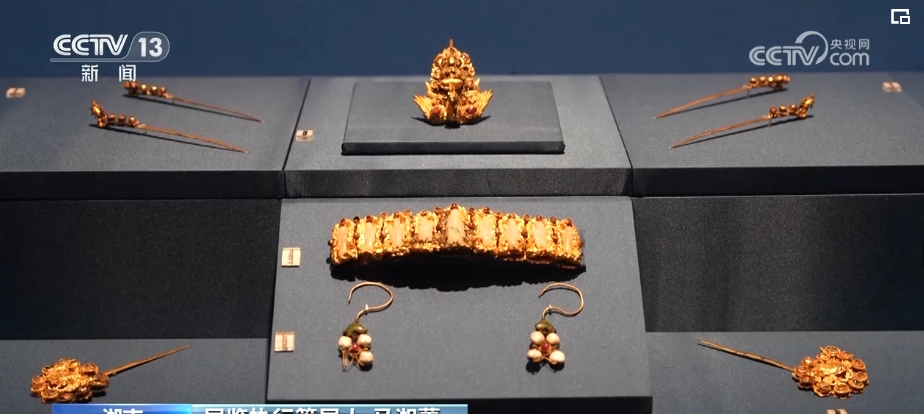
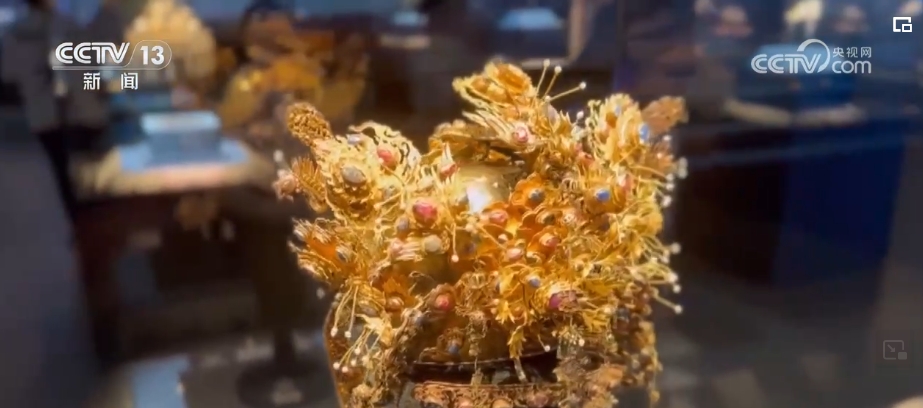
With the continuous development of navigation and trade, China is rich in precious stones and stored in by going up one flight of stairs. Jewelry inlay technology developed rapidly in the Ming and Qing Dynasties. This Ming Dynasty’s "gold inlaid with precious silk and five phoenix crowns" is very rich in decorative elements, including the flower shape of peony, dragons, phoenixes, butterflies and other forms of decoration, using a variety of complex techniques such as tired silk and hammering.
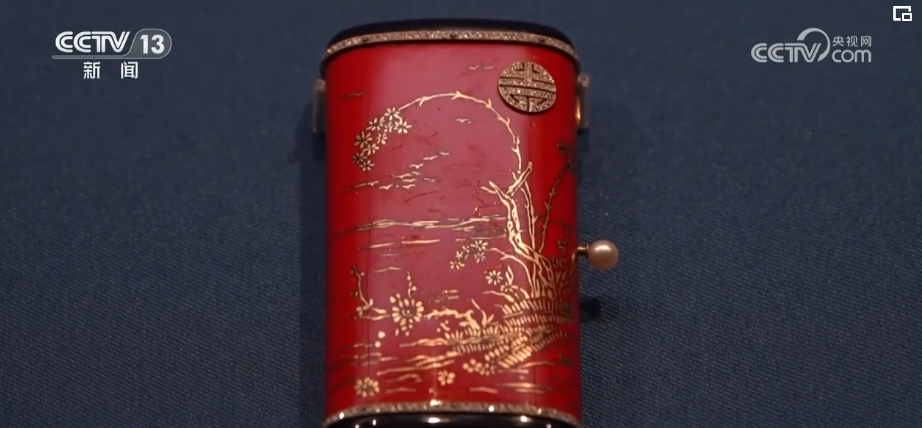
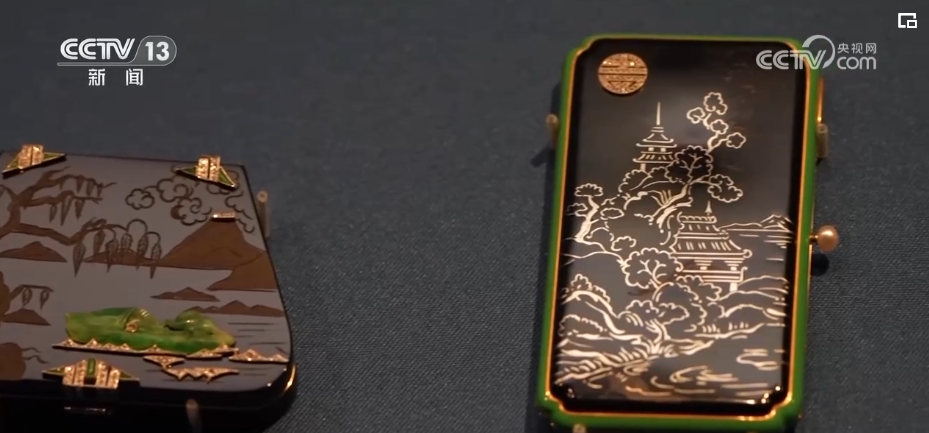
The continuous export of China’s artworks has also made westerners know and understand China culture. These two French cosmetic boxes, dating from about 1920, are rich in China elements in design.
Bronze decoration embodies the cultural characteristics of Shang and Zhou Dynasties.
At the special exhibition of Shang and Zhou cultural relics on display in Tianjin Museum, more than 150 pieces (sets) of Oracle bones, bronzes and other cultural relics provide important clues for studying the origin of Chinese civilization.
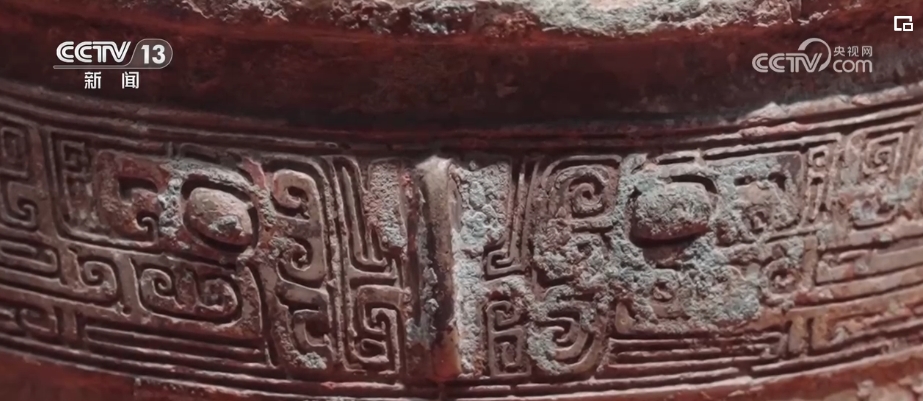
The typical animal face pattern in Shang bronzes is the reorganization and deformation of many animals based on people’s imagination. All kinds of animal-faced tripod in the exhibition reflect the reverence and worship of nature by the ancestors of Shang and Zhou Dynasties.
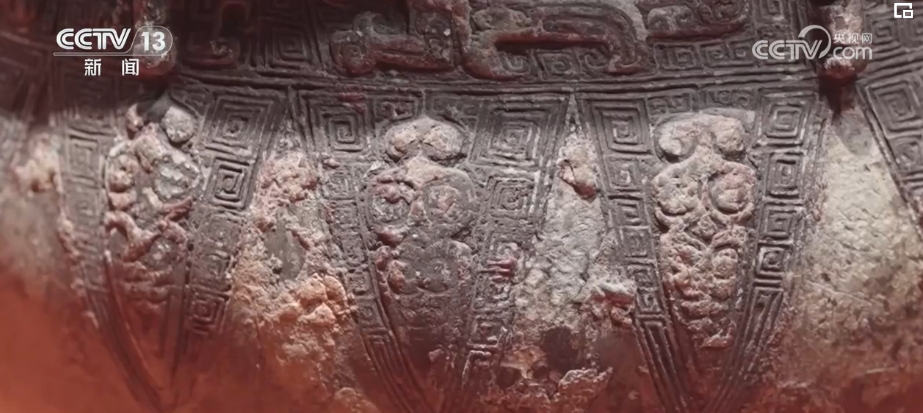
Cicada pattern is also a common animal pattern decoration on bronzes, which means it is high in food and dew, clean and valuable. This cicada-patterned tripod in the late Shang Dynasty has a complicated craft, which embodies the exquisite skills of ancient craftsmen.
Zhaoji civilization sees the origin of Chinese characters from cultural relics
Through this special exhibition, we can learn about the history and culture of that period from the Oracle bones and bronzes with inscriptions.
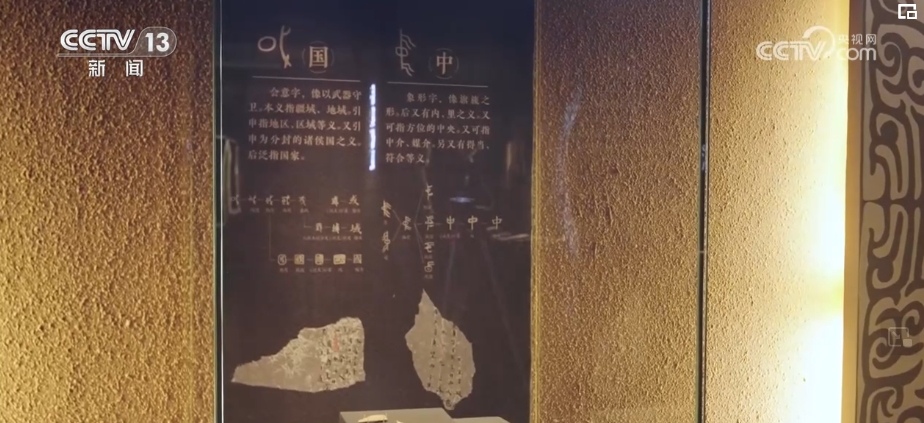
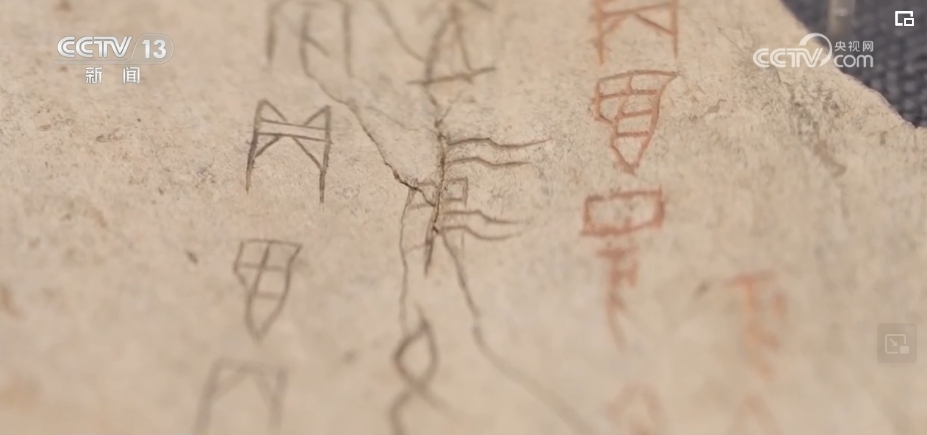
The word "China" combined together first appeared on the bronze ware "He Zun" more than 3,000 years ago. In fact, the earliest Chinese characters "Zhong" and "Guo" can also be found in Oracle Bone Inscriptions in Shang Dynasty.
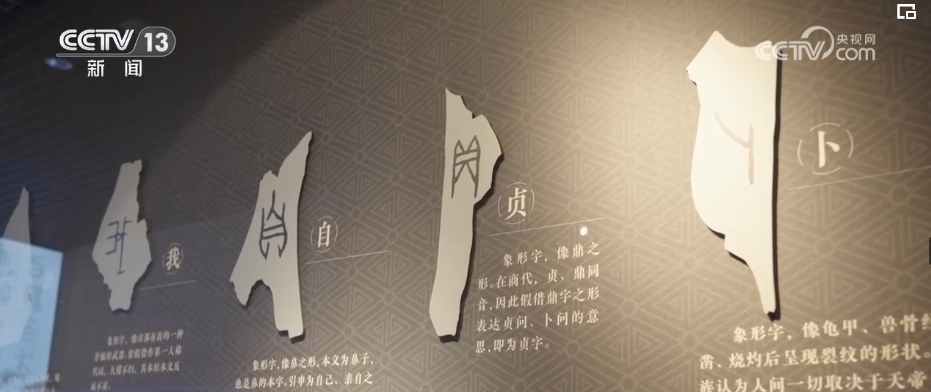
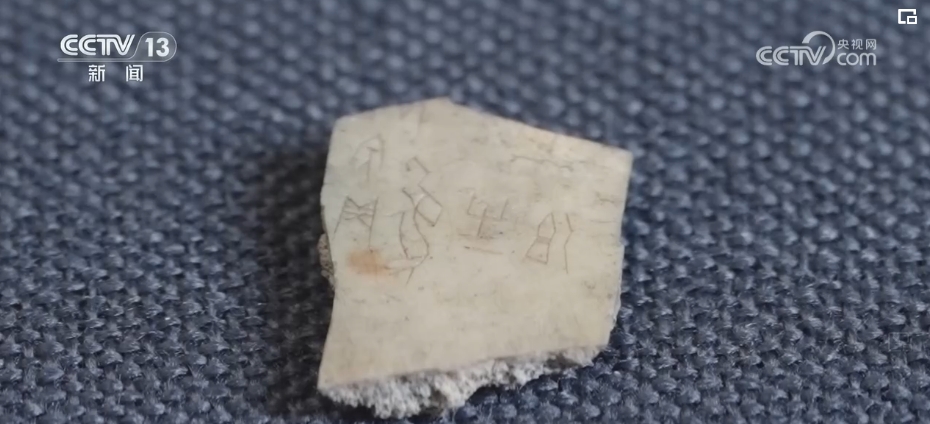
Oracle Bone Inscriptions can not only reflect the political and military situation at that time, but also reflect the ecological environment at that time. From the Oracle inscriptions carved on this piece of Oracle bones, we can see that the Central Plains at that time had traces of elephant survival and reproduction.
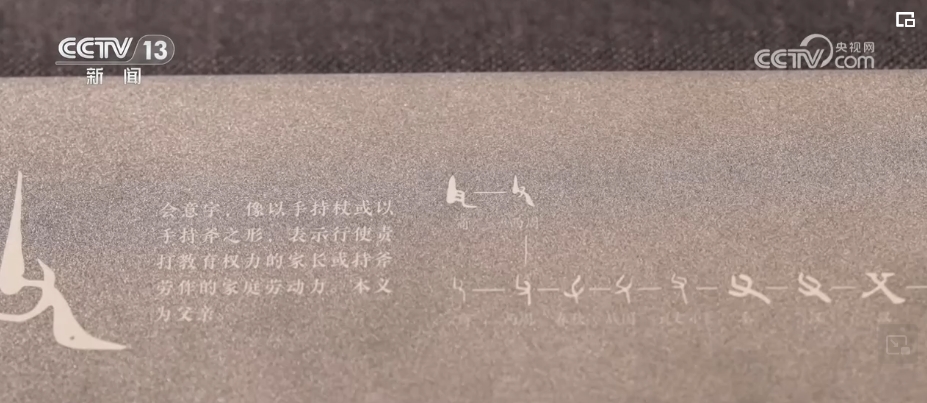
In Shang dynasty, people not only carved words on Oracle bones, but also wrote on wooden slips and silks with brush. Although it is no longer possible to see the Shang dynasty classics written with a brush, the inscriptions on bronzes basically retain the form of brush writing. In the inscription of Xin Ding, the father of the Shang Dynasty, we can intuitively see the trace of the writing of the word "father" with a brush.